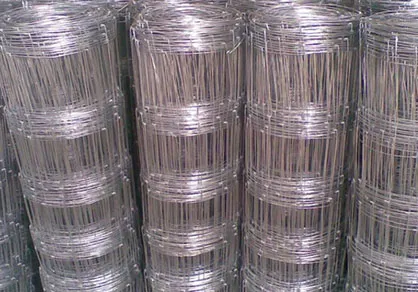The Versatility and Benefits of 316 Stainless Steel Mesh Screen
In various industrial and commercial applications, the choice of materials is crucial for ensuring durability, efficiency, and safety. One such material that has gained significant popularity is 316 stainless steel mesh screen. Known for its excellent corrosion resistance and strength, this type of mesh screen is an ideal choice in environments that demand reliability and performance.
What is 316 Stainless Steel?
316 stainless steel is an austenitic alloy that primarily comprises iron, chromium, nickel, and molybdenum. The addition of molybdenum, in particular, enhances its resistance to pitting and crevice corrosion, making it suitable for use in harsher environments than its predecessor, 304 stainless steel. This is why 316 stainless steel is often referred to as marine grade stainless steel, as it can withstand exposure to saltwater and other corrosive substances.
Characteristics of 316 Stainless Steel Mesh Screen
The mesh screen made from 316 stainless steel showcases several characteristics that add to its utility
1. Corrosion Resistance 316 stainless steel is particularly adept at resisting chloride solutions, which means it performs well in coastal areas and industries where salt exposure is prevalent.
2. Strength and Durability This material maintains its strength even at elevated temperatures, making it suitable for a wide range of applications where high thermal and structural integrity is required.
3. Hygienic and Easy to Clean The smooth finish of stainless steel makes it easy to clean and sterilize. This feature is particularly advantageous in food processing, pharmaceutical, and medical applications, where hygiene is paramount.
316 stainless steel mesh screen

5. Versatility 316 stainless steel mesh screens can be fabricated into various shapes and sizes, making them highly adaptable for different applications, whether in architecture, filtration, or security.
Applications of 316 Stainless Steel Mesh Screen
Given its unique properties, the 316 stainless steel mesh screen is utilized across various sectors
1. Construction and Architecture This mesh can serve as a protective barrier or decorative element in buildings. Its corrosion resistance allows it to be used in facades, staircases, and railings, providing both safety and aesthetic value.
2. Marine Applications Due to its superior resistance to saltwater, 316 stainless steel mesh is commonly used in boat manufacturing and marine infrastructure, such as docks and piers.
3. Food and Beverage Industry In food processing, 316 stainless steel mesh screens are utilized for filtration and strainers, ensuring that products are free from contaminants while maintaining compliance with hygiene standards.
4. Pharmaceuticals In the pharmaceutical industry, where the highest levels of cleanliness are required, 316 stainless steel is the material of choice for equipment, storage, and transportation.
5. Agriculture In agriculture, this mesh can be used for fencing, protection against pests, or even as screens for drying crops, thanks to its durability and resistance to environmental factors.
Conclusion
The use of 316 stainless steel mesh screen is a testament to the advancements in materials science and engineering. Its unmatched combination of strength, corrosion resistance, and versatility makes it a valuable choice across multiple applications, from industrial to aesthetic uses. As industries continue to seek materials that can withstand challenging conditions while maintaining performance, the 316 stainless steel mesh screen will undoubtedly remain a preferred option. Whether in construction, marine applications, or food and beverage processing, this mesh screen offers solutions that meet the demands of modern technology and consumer expectations alike.

















